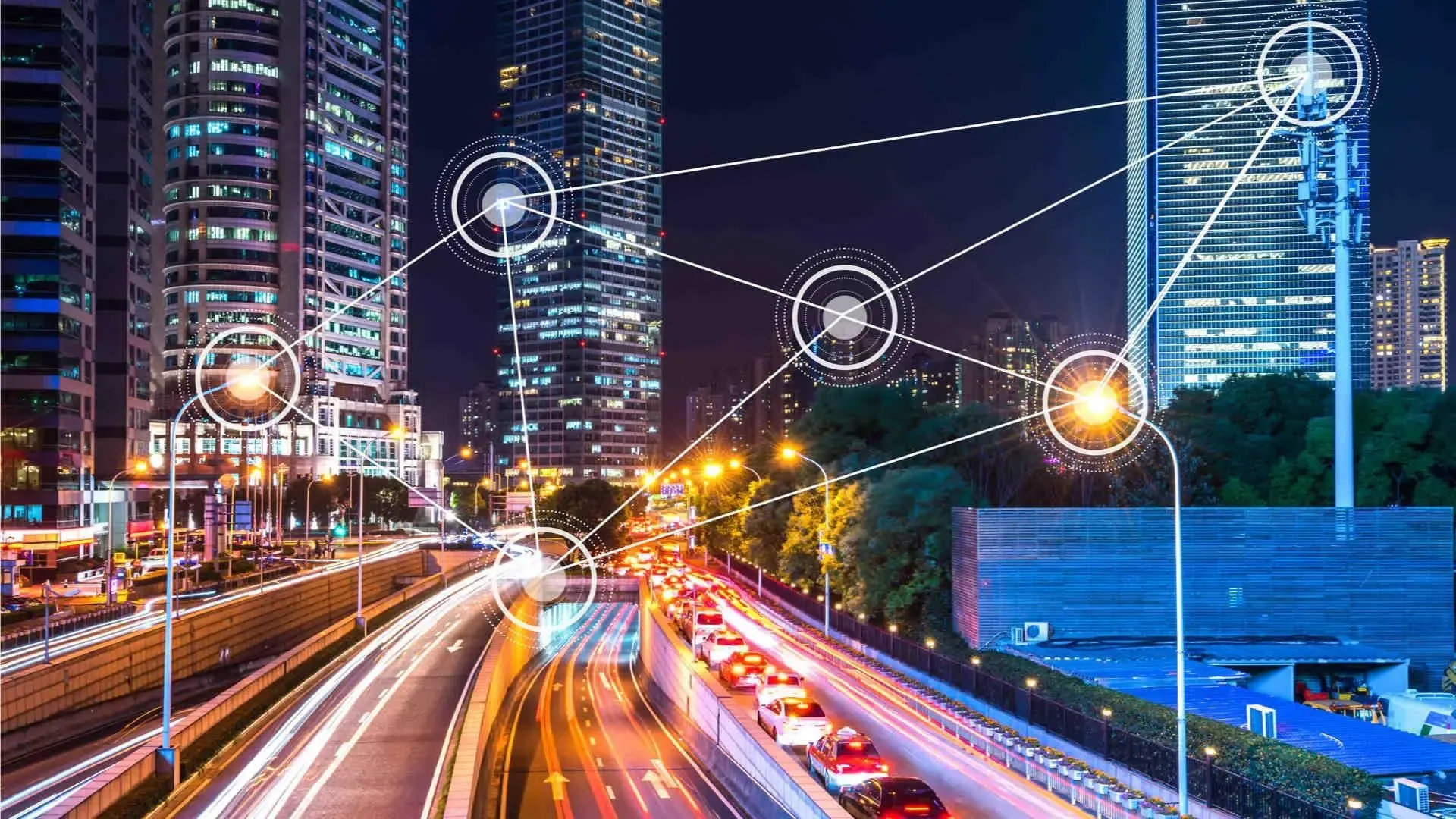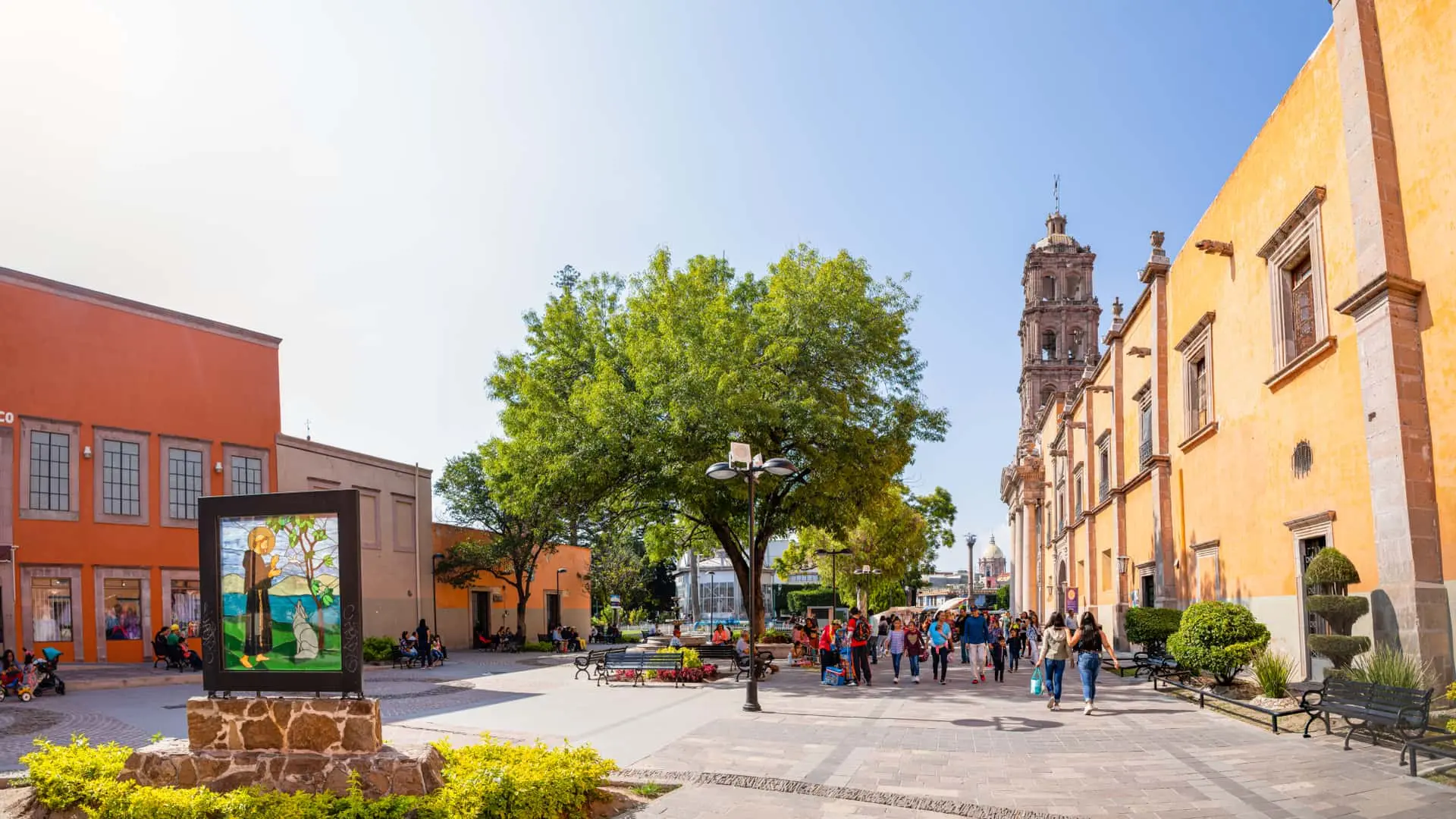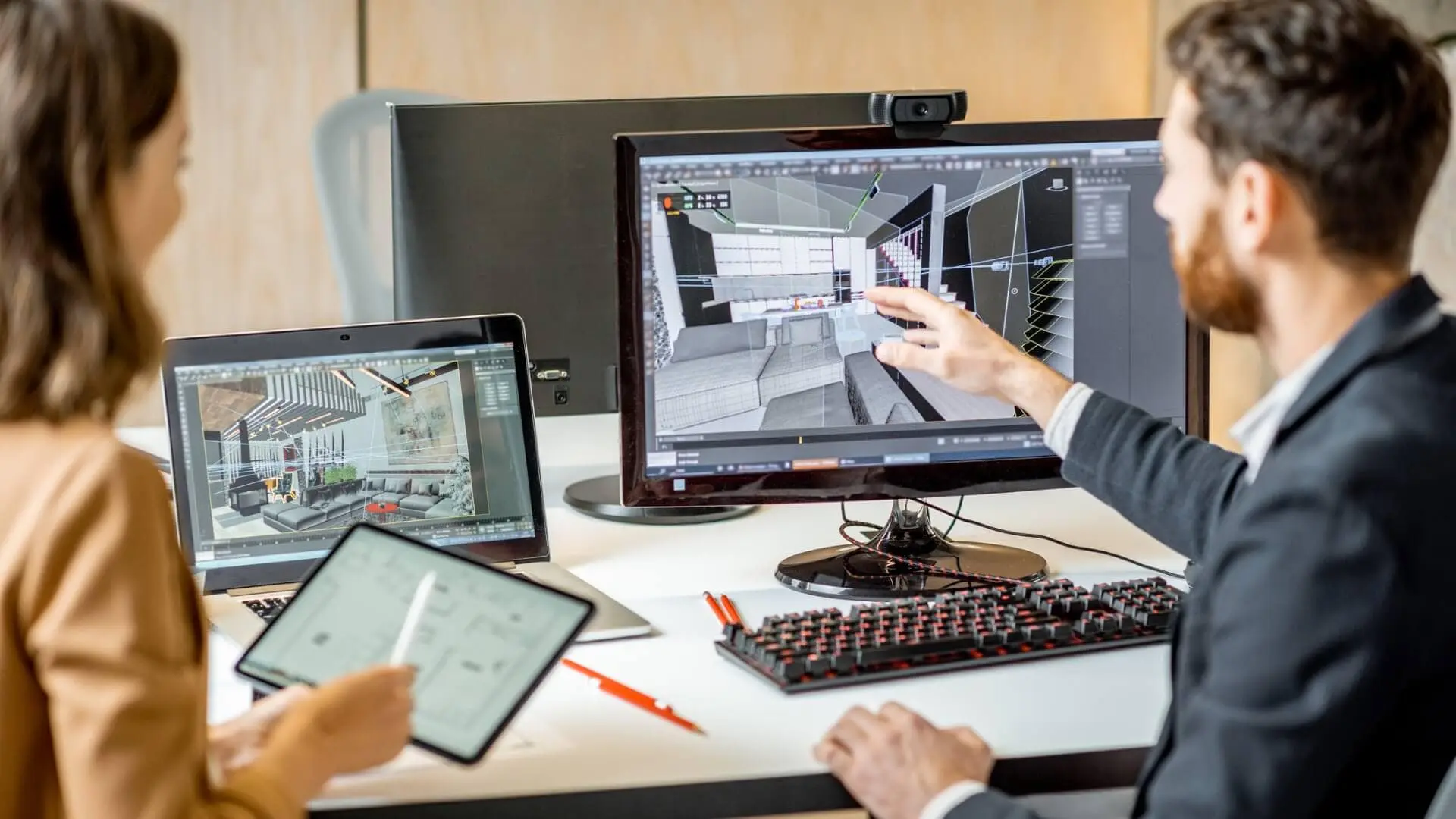Smart Mobility: A Path Towards Sustainable Cities
Smart mobility integrates advanced and sustainable technologies to optimize urban transportation, improving efficiency, reducing pollution, and promoting social equity. Through the use of ICT, autonomous and electric vehicles, and smart infrastructure, it seeks to create a transportation system that is safer, more accessible, and environmentally responsible, addressing challenges such as social segregation and fossil fuel dependence.
WHAT IS SMART MOBILITY?
Urban mobility is an essential component of the economic and social development of today’s cities. In an increasingly urbanized world, the demand for efficient, safe, and sustainable transportation is constantly rising.
In this context, smart mobility emerges as an innovative solution that integrates advanced technologies to improve the efficiency and sustainability of urban transportation.
Smart mobility refers to the implementation of advanced technologies and systems to optimize urban transportation. This includes the use of sensors and real-time data to mobile applications that facilitate route planning and the use of more sustainable modes of transportation.
The goal is to create a transportation system that is not only efficient and safe but also sustainable and accessible to all citizens.
KEY COMPONENTS OF SMART MOBILITY
INFORMATION AND COMMUNICATION TECHNOLOGIES (ICT)
ICT allows for the collection and analysis of real-time data on traffic, road conditions, and mobility patterns. Sensors and IoT devices on roads and vehicles collect data processed to identify patterns and predict mobility behaviors. Mobile applications provide users with real-time information on traffic, public transport schedules, and more efficient routes.
AUTONOMOUS AND ELECTRIC VEHICLES
Autonomous vehicles are revolutionizing urban transportation by reducing traffic accidents and improving transportation efficiency. Equipped with sensors and artificial intelligence systems, they can detect and react to obstacles faster and more accurately than human drivers. They can also communicate with each other and with transportation infrastructure, allowing for more coordinated and smoother driving. Electric vehicles help reduce pollution and dependence on fossil fuels, improving air quality in cities. Additionally, their electricity-based operation decreases fossil fuel demand, diversifying energy sources.
SMART INFRASTRUCTURE
Transportation infrastructure must adapt to support new technologies. Smart traffic lights adjust their cycles in real-time according to traffic flow, improving traffic efficiency. Electronic toll systems allow for automatic payment without stopping, reducing traffic at city entrances and exits. The integration and coordination of transportation modes are essential. Integrated management platforms coordinate different modes of transportation, such as public transport and bike-sharing, offering optimized travel options. Modernizing train, metro, and bus stations with advanced technology improves passenger flow management. Restricted access zones controlled by license plate recognition systems encourage the use of public transport and reduce congestion.

OPPORTUNITIES
Reducing Pollution
Smart mobility can significantly reduce greenhouse gas emissions and other pollutants by promoting the use of electric vehicles and optimizing public transport routes. Additionally, promoting the use of sustainable modes of transportation such as public transport, cycling, and walking not only decreases congestion and pollution but also improves public health and quality of life.
Improving Transport Efficiency
Using information and communication technologies (ICT) allows for more efficient traffic and transportation infrastructure management. This includes managing smart traffic lights, electronic toll systems, and open data platforms to improve user information. Remote infrastructure management and monitoring elements such as signage and incident information help optimize travel and improve road safety.
Using Data for Planning
The collection and analysis of mobility data can help better plan urban transportation. Real-time data on road use and public transport allow operations to be adjusted to improve efficiency and reduce waiting times. Additionally, information on mobility patterns can be used to design transportation policies that promote the use of sustainable modes.
CHALLENGES AND WEAKNESSES
Environmental Impact
Despite technological advances, transportation remains a significant source of air and noise pollution in cities. Transitioning to electric vehicles and improving infrastructure for sustainable modes of transportation are essential. According to the revised document, greenhouse gas emissions from the transportation sector account for 31% of the total, with road transport contributing 80% to these emissions.
Social Segregation
Transport accessibility can be unequal, especially in disadvantaged urban areas. It is crucial to ensure that all population segments have access to safe and efficient transportation options. Inadequate access to transportation can increase social and economic inequalities, hindering access to jobs and essential services.
Dependence on Fossil Fuels
Despite advances in transportation electrification, many vehicles still depend on fossil fuels. Policies and strategies that promote the transition to renewable energies need to be encouraged. Dependence on fossil fuels not only affects the environment but also exposes cities to the volatility of global energy markets.
IMPACT ON SOCIETY AND THE ECONOMY
Traffic and Productivity Loss
Traffic is a growing problem in cities worldwide. Road congestion affects travel times, road safety, urban area pollution, and generally reduces the quality of life in cities. It also has direct effects on the GDP of cities, with significant economic losses due to time and productivity loss.
Improving Quality of Life
Smart mobility has environmental, social, and economic benefits. Better transportation management can reduce road traffic, improve accessibility, and promote more equitable urban development. Additionally, reducing traffic-related costs and improving transportation efficiency can significantly impact cities’ GDP.
Public Health
A mobility pattern that includes active modes such as walking or cycling generates multiple positive effects on a person’s health. This includes reducing the risk of cardiovascular diseases, controlling overweight and obesity, improving mood, and decreasing the risk of stress, anxiety, and depression.
Download the newsletter now
Download
